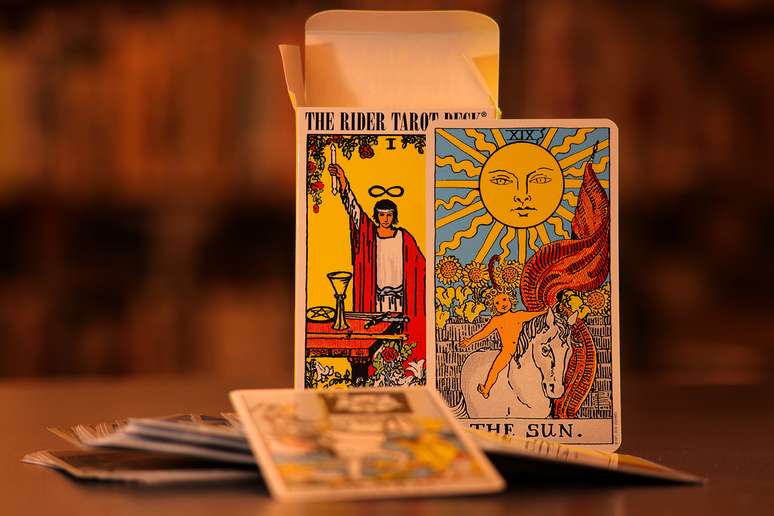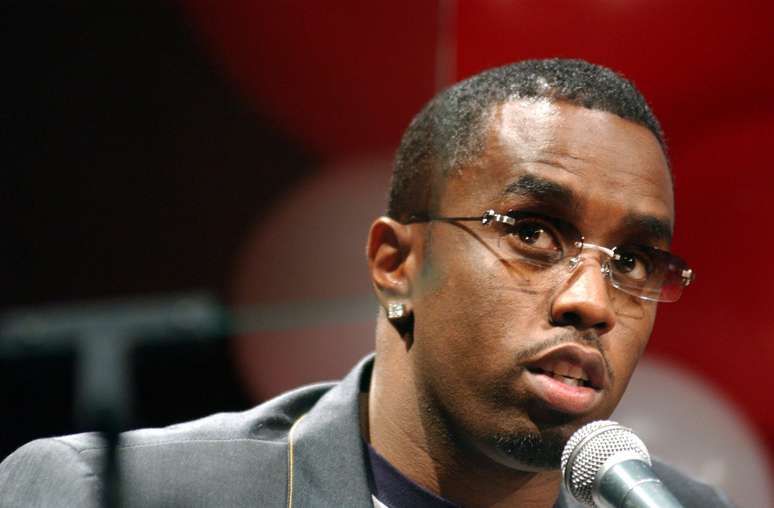Direct, symbolic and full of everyday meanings, the gypsy deck conquers a new audience
The gypsy deck, also known as Lenormand, is enjoying a new boom on social media and in esoteric offices. While tarot carries with it a tradition linked to universal archetypes and spiritual symbolism, Lenormand stands out for being more direct and descriptive, offering quick answers related to practical life – and, according to experts, it is precisely this that has attracted more and more followers.
“The popularity of the gypsy deck is linked to the way in which it speaks in such a direct and detailed way,” explains Jozy Lima, fortune teller and founder of the Tarot & Energy page. “People want to know about the future, about what might happen in their lives, and the Gypsy Deck manages to bring that to light – they’re known for getting straight to the point.”
Do you want to learn how to play tarot cards to make better decisions? Take André Mantovanni’s online course for only R$39.90 and get your certificate!
A new generation of curious people
On social media, videos of drawings and predictions have gone viral among younger audiences. The dynamic format and intuitive readings arouse curiosity and help to break down old prejudices about fortune telling.
“Young people turn to the gypsy bridge not only to know what will happen, but to understand how to face life,” says Jozy. “Since it is considered one of the most ‘gossipable’ oracles, it awakens the desire to discover what the other feels, desires and thinks. It is a symbolic language, but also very emotional.”
The expert explains that the dissemination also comes from the digital expansion of fortune telling. Platforms like Instagram, TikTok and YouTube have facilitated access to interactive content, explainer videos and testimonials that increase audience interest. “Cartomancy is bursting a bubble,” he says. “Today, regardless of religion, many people seek reading as a form of self-knowledge and guidance.”
Origins and history
Despite its name, the gypsy deck was not created by gypsies. It emerged in 19th-century Europe, inspired by a German board game called Das Spiel der Hoffnung (“Game of Hope”), created in 1799 by Johann Kaspar Hechtel.
The game featured 36 cards illustrated with simple symbols – such as the heart, sun, sickle and anchor – which would later be adapted into the oracle known as Petit Lenormand, in honor of the French seer Marie Anne Adélaïde Lenormand (1772–1843).
Lenormand became one of the most influential fortune tellers in Paris, serving figures such as Napoleon Bonaparte and Josephine, his wife. His readings combined cards, astrology and numerology, and his fame was so great that his name was immortalized in one of the most popular decks in the esoteric world.
In Brazil and Latin America the oracle has earned the nickname “gypsy deck,” in reference to the historical association between gypsy people and mystical practices. “It was common to see gypsy fortune tellers using the Lenormand, and this strengthened the symbolic bond,” explains Jozy Lima. “Over time, the name became popular and became stronger than the original.”
How Lenormand works
The gypsy deck is made up of 36 cards, each with a specific symbol linked to everyday life. Among the best known are the Heart (love and affection), the Home (family and security), the Path (decisions), the Fox (prudence) and the Sun (success and vitality).
“Tarot works with archetypes and psychological aspects, while Lenormand uses everyday symbols,” explains Jozy. “He talks about work, love, finances, people close to him. He’s a much more focused oracle on everyday life.”
The reading can be done in different ways: from quick sequences with three cards to the “Big Board”, a complete reading with 36 slides. “In this method, the deck maps the querent’s life: past, present, future, connections and events that may occur. It is a thorough and detailed reading,” says the fortune teller.
Direct, symbolic and intuitive
While it has a reputation for being “literal,” the Lenormand also allows for in-depth readings, as long as the diviner knows how to connect with the oracle. “It’s direct, but it can also be spiritual. It all depends on how you ask and connect. When there is a melody, it reveals very intense and even emotional messages,” says Jozy.
According to her, one of the great attractions is the balance between clarity and sensitivity. “People are looking for answers that bring detail and reveal what is hidden. And the gypsy deck does this very well.”
Why do so many prefer the gypsy deck?
In recent years, many fortune-tellers have migrated from tarot to Lenormand, attracted by its practicality and symbolic depth. “Some people find the gypsy deck easier to learn because it is made up of 36 cards, but I always say that although it seems simple, it is complex,” explains Jozy.
He also points out that the Lenormand is more mediumistic and instinctive, which makes him freer. “It is an oracle that speaks with images, with intuition. The cards have a life of their own, sometimes they even show what the querent does not want to see.”
Among the most feared cards are the Snake, the Rats and the Coffin, associated with transformations, losses and warnings. But according to Jozy, even difficult letters play an important role: “They don’t come to scare, but to reveal what needs to be seen.”
A practice that combines tradition and modernity
The growing interest in the gypsy deck reflects a broader movement toward practical spirituality, a form of self-knowledge that is accessible and connected to real life.
“Today Lenormand speaks the language of modern times,” summarizes Jozy Lima. “It’s symbolic, but direct. And when the querent learns to listen, they understand that the deck isn’t just about the future, it’s about ourselves.”
Source: Terra
Ben Stock is a lifestyle journalist and author at Gossipify. He writes about topics such as health, wellness, travel, food and home decor. He provides practical advice and inspiration to improve well-being, keeps readers up to date with latest lifestyle news and trends, known for his engaging writing style, in-depth analysis and unique perspectives.







